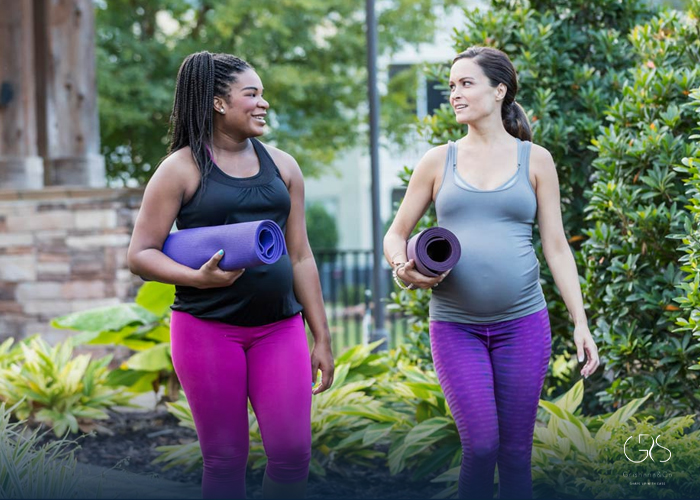Maintaining an active lifestyle during pregnancy is beneficial for both the mother and the baby. Workout During Pregnancy helps improve overall fitness, reduce pregnancy discomforts, and may even lead to a smoother delivery and postpartum recovery. However, it is crucial to approach exercise with caution and consult with a healthcare professional before starting or continuing a workout routine. In this article, we will explore safe and effective ways to Workout During Pregnancy, considering diverse perspectives and providing relevant statistics.
Benefits of Exercise During Pregnancy:
Regular physical activity during pregnancy offers numerous benefits. According to the American College of Obstetricians and Gynecologists (ACOG), working out during pregnancy can help reduce the risk of excessive weight gain, gestational diabetes, and high blood pressure. Additionally, exercise can improve mood, alleviate back pain, boost energy levels, and promote better sleep. A study published in the British Journal of Sports Medicine also found that exercise during pregnancy is associated with a lower risk of developing postpartum depression.

Considerations and Safety Precautions:
- Consult with a Healthcare Professional: Before starting or continuing an exercise routine during pregnancy, it is essential to consult with a healthcare provider. They can evaluate individual factors like medical history, current fitness level, and any pregnancy-specific concerns to provide personalized recommendations.
- Choose Low-Impact Activities: Opt for lower-impact exercises that minimize stress on the joints and pelvic floor, such as walking, swimming, stationary cycling, or prenatal yoga. These activities are generally safe and can be easily modified as pregnancy progresses.

- Listen to Your Body: Pay attention to how your body feels during exercise. Modify or stop any activity that causes discomfort, dizziness, or shortness of breath. It is essential to prioritize safety and avoid pushing oneself beyond healthy limits.
- Stay Hydrated and Cool: Pregnant individuals can be more susceptible to overheating. Drink plenty of water before, during, and after exercise. Avoid exercising in hot, humid conditions or use a fan to stay cool.

- Wear Proper Attire: Choose comfortable clothing and supportive footwear that accommodates body changes and provides adequate support for the growing body.
Diverse Perspectives:
It is important to recognize that every pregnancy is different, and some individuals may require more caution or modifications during exercise. Factors such as gestational age, multiple pregnancies, preexisting medical conditions, and complications need to be considered. Women with high-risk pregnancies or specific medical conditions should consult their healthcare provider for appropriate exercise recommendations tailored to their situation. It is also crucial to respect cultural and personal beliefs surrounding pregnancy and exercise, as opinions may vary.
Conclusion:
Staying active during pregnancy is generally safe and beneficial, but precautions must be taken to ensure the well-being of both the mother and the baby. Consultation with a healthcare professional is vital to receive personalized guidelines based on individual circumstances. By choosing low-impact activities, listening to the body, staying hydrated, and wearing appropriate attire, expecting mothers can enjoy the benefits of exercising while minimizing potential risks.
Sources
- American College of Obstetricians and Gynecologists (ACOG), Exercise During Pregnancy
- British Journal of Sports Medicine, Exercise during pregnancy. A narrative review asking: what do we know
- American Pregnancy Association, Exercise During Pregnancy





